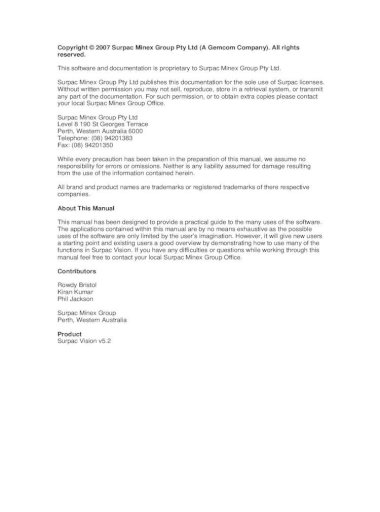


In liquids, particles are not very tightly packed, due to which, they are less dense than solids but denser than gases, which have free-flowing particles. Solids are typically denser than liquids and gases as the particles are tightly packed with very little space among them. Mathematically, the density of an object can be calculated with the help of the formula specified below:ĭensity = Mass/Volume or ρ = m/v, where ρ = Density, m = mass, and v = volume. The density of an object shows how heavy it is at a constant volume. Greek scientist Archimedes discovered the principle of density. It is usually a measure of how tightly the particles of matter are packed together. The density of a given material shows its denseness in a specific area. Quantitatively, density is mass divided by volume. It is denoted by the sym bol ρ or can be simply represented by the letter D. The term ‘Density’ refers to the measure of the mass of an object or body having unit volume. What is Density and How is it Calculated?


 0 kommentar(er)
0 kommentar(er)
